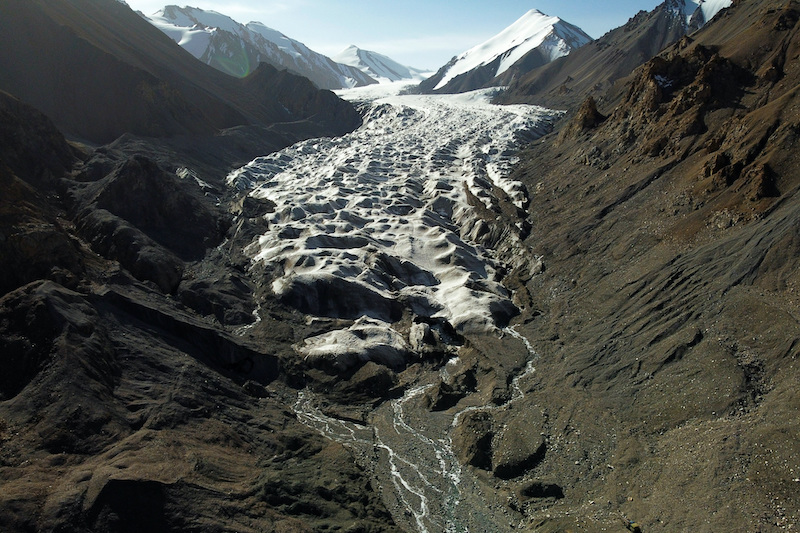China said average ground temperatures have risen much more quickly than the global average over the past 70 years and will remain significantly higher in the years ahead as the nation grapples with climate change.
Weather patterns will affect the balance of water resources, make ecosystems more vulnerable and reduce crop yields, said Yuan Jiashuang, vice-director of China’s National Climate Center (NCC), at a press briefing on Wednesday.
In its annual climate assessment published this week, China’s weather bureau described the country as “a sensitive region in global climate change,” with temperatures rising 0.26 degrees Celsius (0.47 degrees Fahrenheit) a decade since 1951, compared to the global average of 0.15 degrees.
“In the future, the increase in regional average temperatures in China will be significantly higher than the world,” said Yuan.
Weather Stations See Record Highs
Extreme weather has wreaked havoc in recent weeks, with lengthy heat waves causing droughts and forest fires across the world. Historically high rainfall in some countries has also caused deadly floods.
UN Secretary-General Antonio Guterres warned last month that “no nation is immune” from climate change and said the world now had to choose between “collective action or collective suicide”.
China has already endured weeks of torrid weather, with temperatures reaching in excess of 44C (111F) in southwestern Yunnan and Hebei in the north.
As many as 131 Chinese weather stations have recorded temperatures that equalled or exceeded historical highs, up from 62 for the whole of last year, according to NCC data.
China’s 2021 climate assessment said coastal water levels last year were at their highest since 1980. Glacial retreat also accelerated, active permafrost along the Qinghai-Tibet Highway reached a record high and sea ice continued to decline.
China also recorded a 7.9% increase in vegetation cover in 2021 compared to the 2001-2020 average, and the assessment noted growth periods for many plants are starting earlier each year.
- Reuters with additional editing by Jim Pollard
ALSO SEE:
China Seeks Better Adaptation to Climate Change As Risks Rise
China Backpedals on Climate Promises as Economy Slows
China, Malaysia Seen Among States at Worst Risk of Climate Defaults
As floods head to Shanghai, China frets on cost of climate change
China Accounts for Most New Coal Power Projects, Study Finds
























